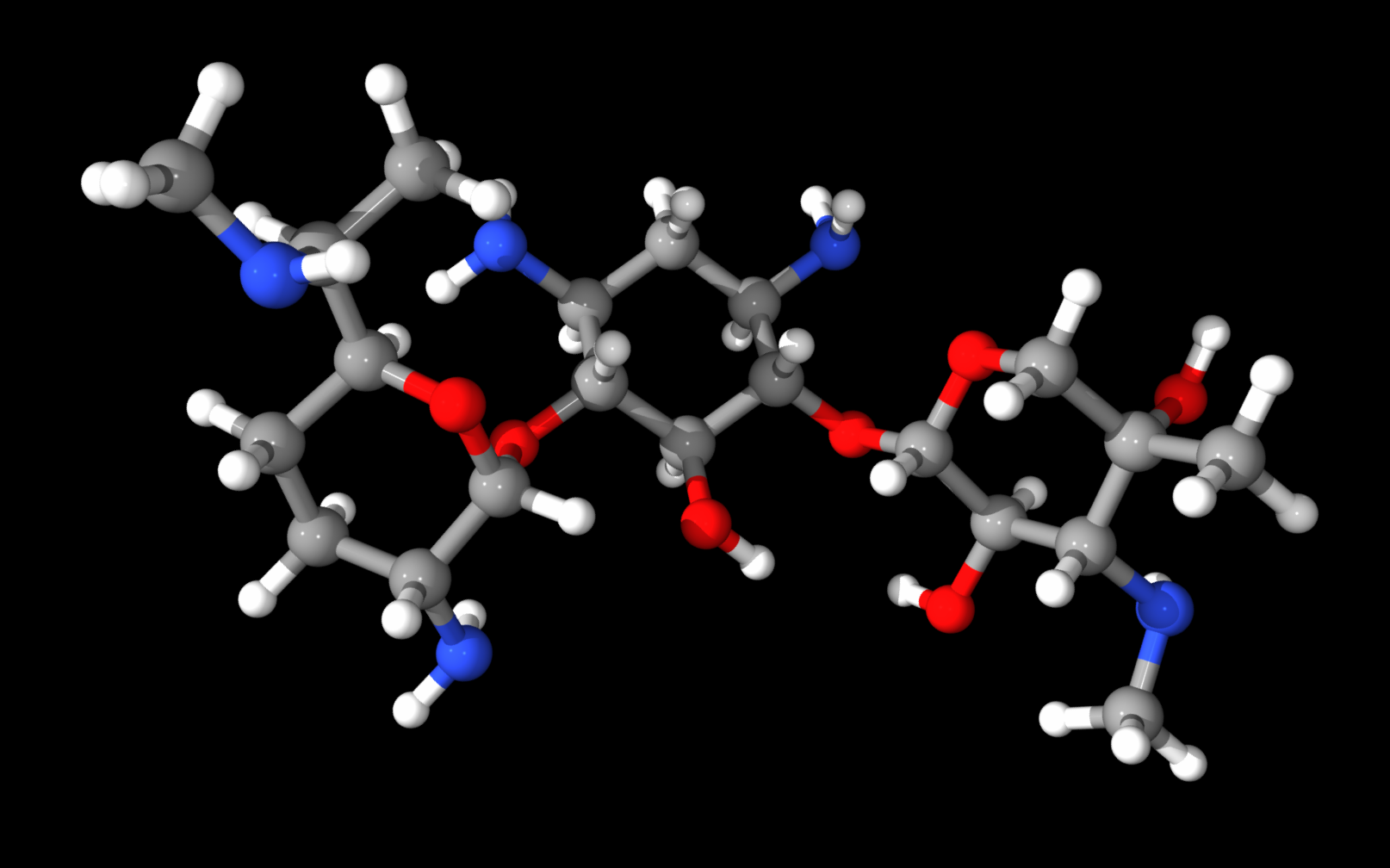Gentamicin is an antibiotic used to treat bacterial infections in patients who suffer from cystic fibrosis and other diseases. The chronic, genetic disease is characterized by the formation and accumulation of thick and sticky mucus in the lungs, as well as the abnormal functioning of organs such as the lungs and pancreas.
Due to mucus buildup, cystic fibrosis patients experience difficulties in breathing properly and have a higher propensity to develop bacterial lung infections. To fight these infections, patients are often prescribed antibiotics like gentamicin, which is administered as a liquid directly into the blood through an IV catheter.
 History of gentamicin
History of gentamicin
The antibiotic was first introduced in the United States in 1982, when the pharmaceutical company Kalapharm received U.S. FDA clearance. Studies presented by the company demonstrated that gentamicin, which is included in the class of medications called amino glycoside antibiotics, is not only helpful for patients who suffer from cystic fibrosis, but also for people with severe infections caused by bacteria, including an infection of the membranes that surround the brain and spinal cord, known as meningitis, and infections of the blood, abdomen, lungs, skin, bones, joints, and urinary tract.
How gentamicin works
The antibiotic fights the infection by killing the bacteria itself, as is necessary in the case of CF pulmonary exacerbations. Patients may need to stay at the hospital for the treatment, or they may learn how to administer it themselves at home.
“Gentamicin treatment caused a significant reduction in basal potential difference in the 19 patients carrying stop mutations and a significant response to chloride-free isoproterenol solution,” wrote the authors of the study “Gentamicin-Induced Correction of CFTR Function in Patients with Cystic Fibrosis and CFTR Stop Mutations.”
“This effect of gentamicin on nasal potential difference occurred both in patients who were homozygous for stop mutations and in those who were heterozygous, but not in patients who were homozygous for ΔF508. After gentamicin treatment, a significant increase in peripheral and surface staining for CFTR was observed in the nasal epithelial cells of patients carrying stop mutations,” the study’s authors wrote.
Other details about gentamicin
All medication has potential side effects, but in the case of gentamicin, the risks may be particularly high. In some cases, the antibiotic may cause severe kidney problems, especially among older patients or people who are dehydrated, which is why it is important for patients to be aware of symptoms like decreased urination, swelling of the face, arms, hands, feet, ankles, or lower legs, and unusual tiredness or weakness.
Patients should also contact their physician in case of dizziness, vertigo, hearing loss, or ringing in the ears due to the risk of serious hearing problems, and in the case of burning or tingling in the hands, arms, feet, or legs, muscle twitching or weakness, or seizures due to the risk of nerve problems associated with gentamicin treatment.
Note: Cystic Fibrosis News Today is strictly a news and information website about the disease. It does not provide medical advice, diagnosis, or treatment. This content is not intended to be a substitute for professional medical advice, diagnosis, or treatment. Always seek the advice of your physician or other qualified health provider with any questions you may have regarding a medical condition. Never disregard professional medical advice or delay in seeking it because of something you have read on this website.
